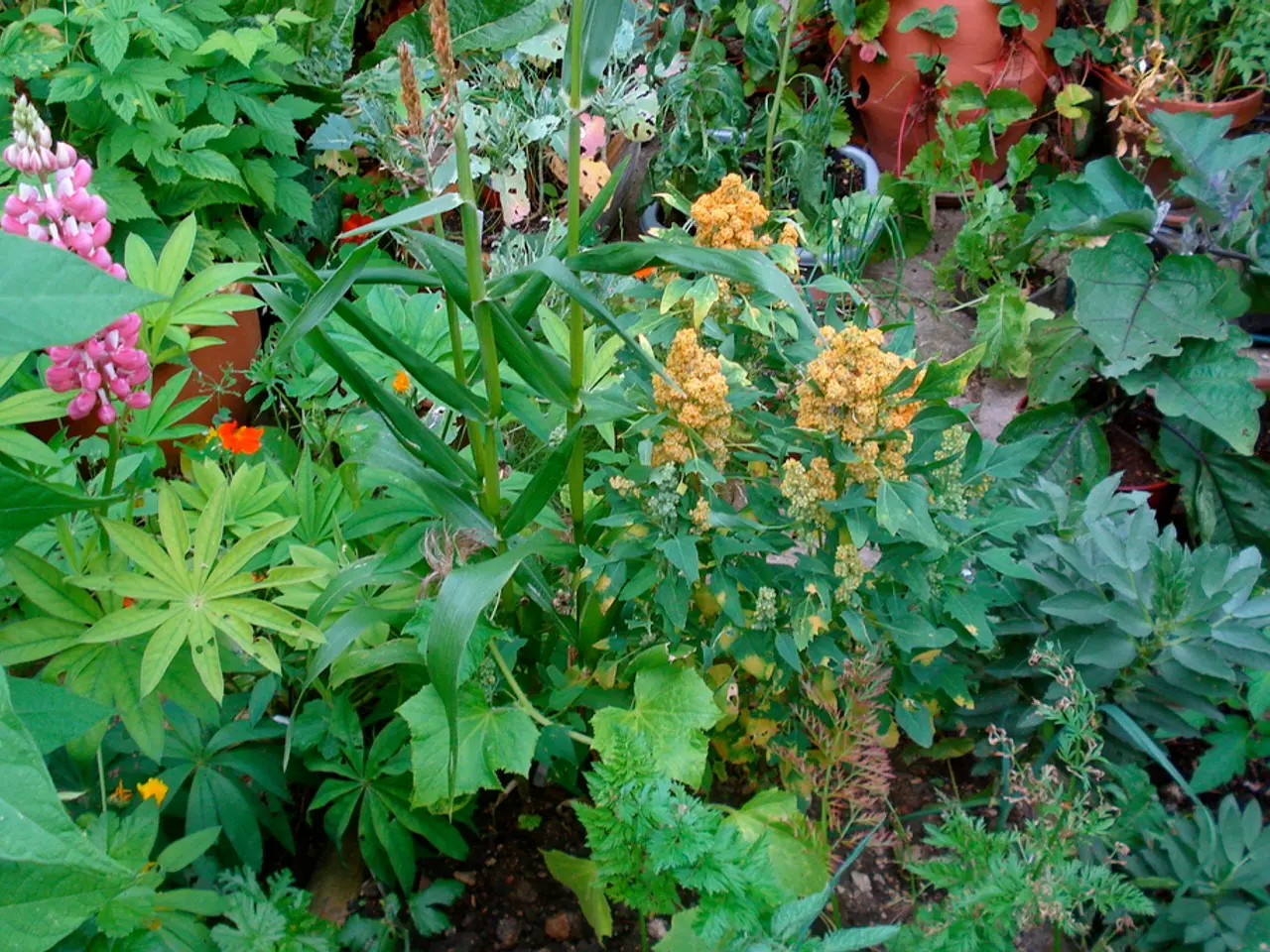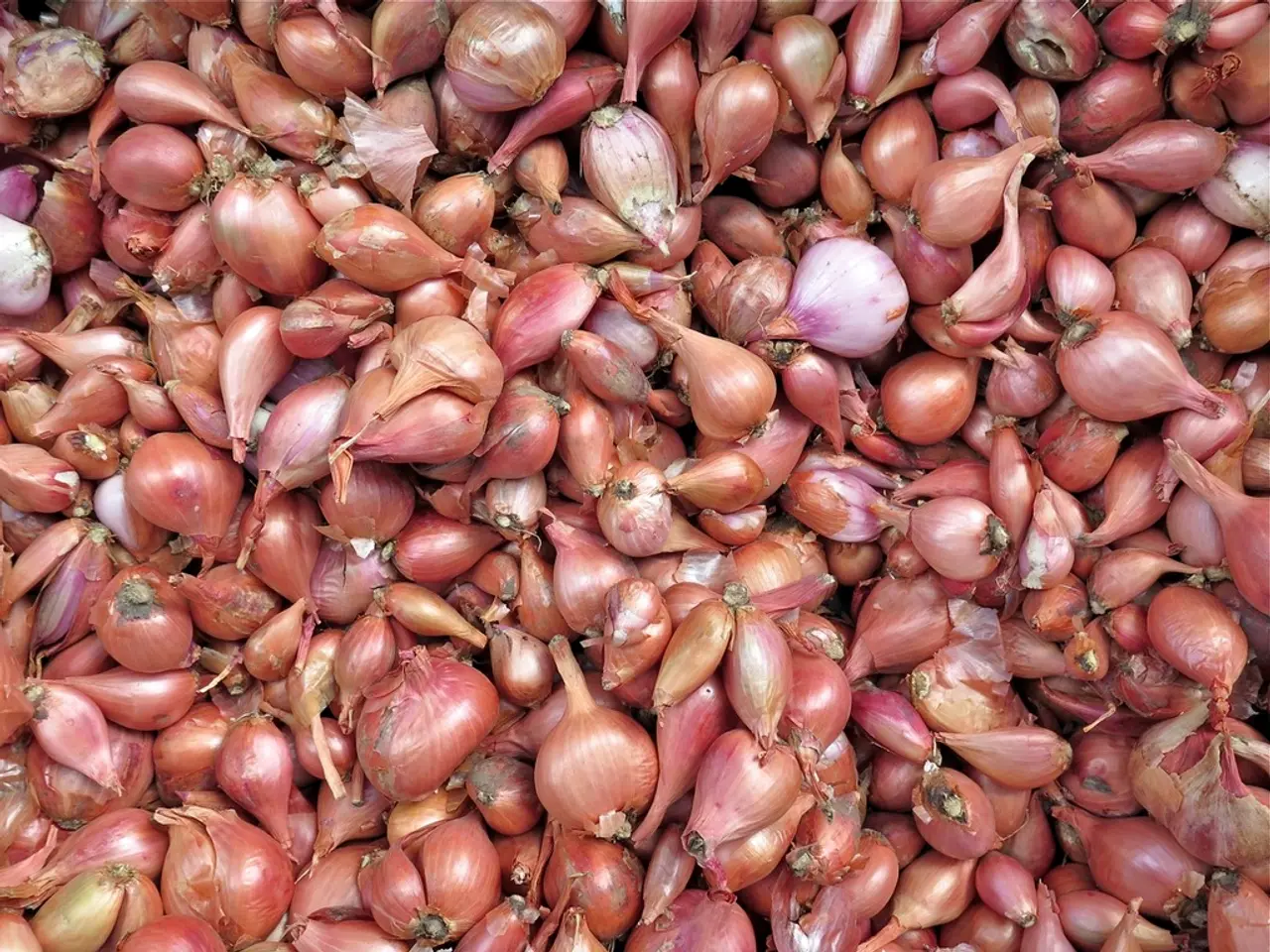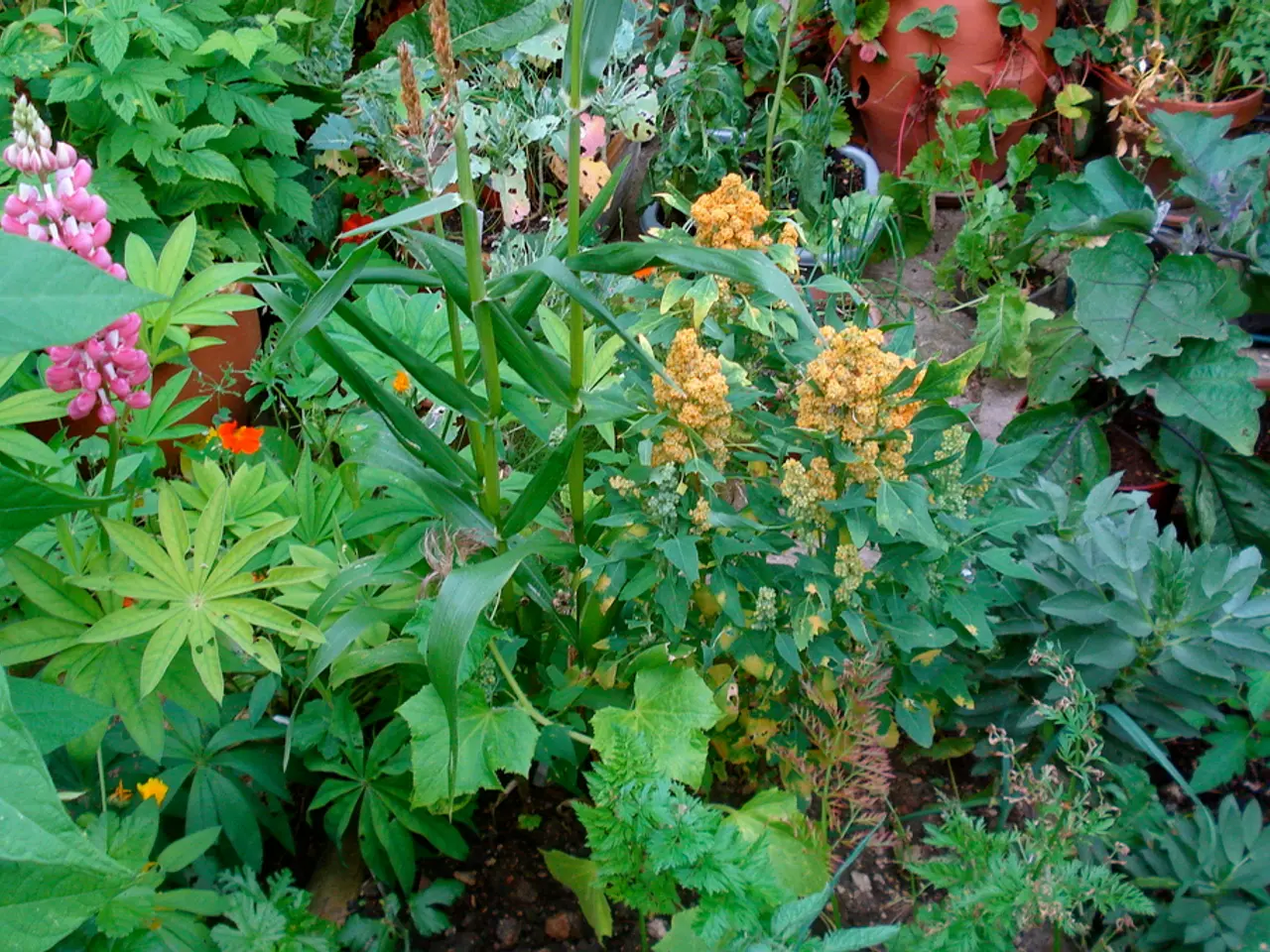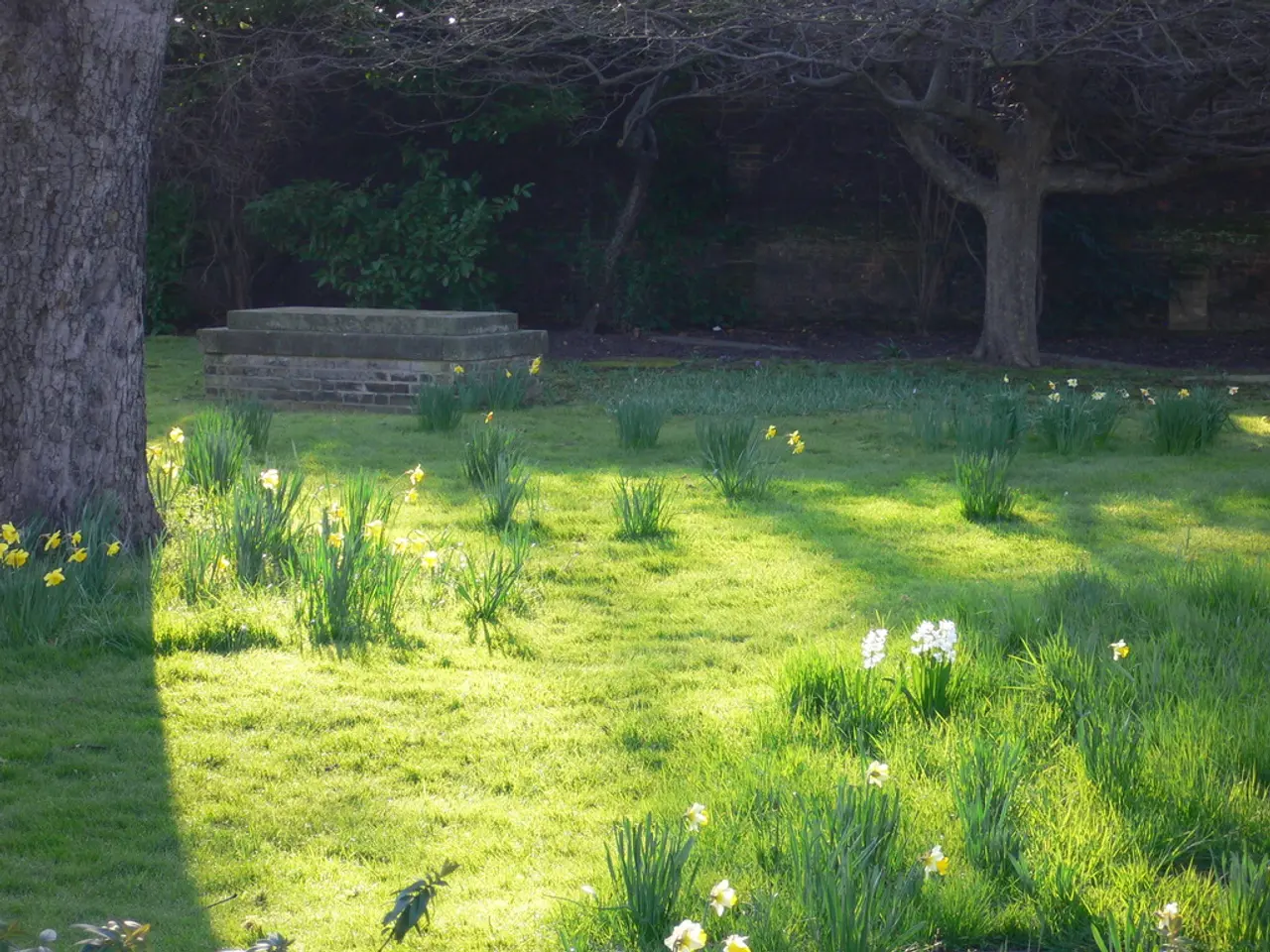Winter Heath Cultivation for Vibrant Cold Climate Blooms
Winter heath plants, scientifically known as Erica carnea, are a hardy and resilient addition to any garden, capable of thriving even in the coldest growing zones. These evergreen shrubs, with a height of 6-12 inches (15-30 cm.) and a spread of 18-20 inches (45-50 cm.), are known for their dense, mounding habit and vibrant flower clusters that bloom in late winter to early spring.
To ensure healthy growth and flourishing of winter heath plants, it's essential to follow a few key practices. Firstly, plant them in full sun to promote healthy growth and flowering. Secondly, use acidic, moist, well-drained soil. Good drainage is crucial to prevent root rot while keeping the soil consistently moist.
Maintaining consistent moisture, especially during dry periods, is vital, but avoid waterlogging the soil. Proper soil drainage is important to balance moisture. Pruning winter heath just after flowering helps to maintain shape and encourage new growth, preventing cutting off next season’s blooms.
Winter heath plants grow best in USDA zones 5 to 9, tolerating mild winter conditions. However, they may need protection in colder climates. It's best to plant them en masse for maximum visual impact, as they produce a striking display when grouped together.
Additional care tips include avoiding planting in heavy clay soils or poorly drained areas to prevent fungal diseases. Protect from extreme cold or frost if in colder areas by mulching or bringing plants indoors if potted.
Winter heaths are relatively pest-free and suitable for a variety of garden types, including rock gardens, borders, and wildlife gardens. Some of the best varieties include 'Kramer's Red,' 'Winter White,' and 'Pink Spring.'
Most species of winter heath are treasured for their ability to flourish where soil fertility is low. They are most commonly propagated through cuttings, and winter heath plants only seldom require fertilizer.
In summary, full sun, acidic and well-drained soil, consistent moisture, and timely pruning after flowering are the essential care practices to ensure healthy, vibrant winter heath plants. By following these guidelines, gardeners can enjoy the beauty of these hardy shrubs in their gardens.
To enhance the beauty of your home-and-garden, consider adding winter heath plants, known for their vibrant flower clusters that bloom in late winter to early spring. Properly care for these plants by maintaining an acidic, well-drained soil with consistent moisture, pruning just after flowering to encourage new growth, and avoiding planting in heavy clay soils or poorly drained areas.








